Health & Society
The electric chair, psychiatric Electroconvulsive Therapy (ECT) and death penalty
The first electric chair was used in the United States on 6 August 1890. William Kemmler was the first person to be executed. In 1899, Martha M. Place was the first woman to be executed in Sing Sing Prison.
George Stinney, a 14-year old boy, was not executed until 1944, 45 years after the fact. A young black man, found guilty of killing two girls, was sentenced by an all-white jury to die in the electric chair. This brutal assault on human rights ended in 2014, when an appeals court, aided by a black rights organization, reviewed the evidence and declared him innocent.
I was working as a documentarian in the late 1980s when I was given the opportunity to take part in a documentary about forms of death. One of the most shocking things that I saw was the process of tying limbs to a chair. Then, a splint in his mouth was used to prevent him from swallowing his tongue and choking during the convulsions. His eyes were then closed with cotton wool or gauze, and the adhesive tape was used to keep them closed.
On top of his skull, a helmet was connected to an electric net by wires and the horrible torture of frying him began. After a series vomiting, convulsions and having to relieve themselves, his body temperature would reach over 60 degrees. This was a more humane way to die, as it was used in place of hanging at the end 19th century.
Today, the practice is no more, but some states in America, such as South Carolina, still offer it to prisoners. No evidence exists that it is still used today, but similar methods are still used by terrorist groups and central intelligence around the world. The most common method of torture is to use alternating or direct-current.
Other than that, the use or abuse of electricity to obtain information, whether as a form death or torture, is already classified as an offense against human rights in all countries, including those most radical on the planet, who often sign the charters of the United Nations condemning such practices.
Why then, do an army of psychiatrists around the world continue to practice a practice that is condemned by many of them, and in violation of the guidelines and recommendation of the World Health Organisation and the United Nations, and even of the various organisations associated with the European Union on this subject? What are they trying prove?
In 1975, the interiors for one of the most iconic movies in history, Someone Flew Over the Cuckoo’s Nest, were shot in the Oregon State Hospital, a psychiatric facility that still exists. It is a cult movie that ranks 33rd among the 100 best movies of the 20th Century. This is not the place for plot development, but it takes you into the life of an electroconvulsive hospital in the 1960s.
The story is set in 1965, and shows the treatment of patients at the centre. Nurses who are violent and obsessed with controlling patients. Doctors who use the patients for experiments and to suppress their aggression. In this film, the psychiatric classes of that time and many years later used electroconvulsion, and its cousin lobotomy.
The scene is repeated in many places around the world. The patient is treated as a prisoner and is denied any chance to have a say in the treatment he receives. A judge, playing Pilate washes his hand of a simple piece of paper that states that this subject is mentally ill, and that he requires this therapy according to psychiatrist on duty.
The electrodes are placed on the skin of the head without the patient knowing what will happen. They are even given a piece to place in their mouths, which prevents them from swallowing their own tongues.
Yes, some studies have shown that patients with severe clinical depressive disorders can improve, and in some cases, the improvement is as high as 64 percent. In states of violent schizophrenia, the personality of patients seems to improve and they become less aggressive. So, it is possible to live alongside them. Patients who are condemned to aggressive electroconvulsive treatment for life, and most of them without a say in their treatment. What do patients want?
These studies, which are mostly conducted in psychiatric settings and funded by pharmaceutical companies eager to sell psychotropic medications, ignore the failures of hundreds of thousands of patients who have been treated with this therapy over the past few years without any results. These figures are never released. Why?
The gaps in the brain, the loss in memory, the loss in speech, motor problems, in some cases and, above all, the enslavement of antipsychotic drugs, are a real scourge that, despite the efforts made by organisations to denounce such practices, is to no avail.
Anaesthesia is commonly used in the United States or the European Union when this type aggressive and deplored therapy, medical tortures are applied. This is known as therapy with modifications. In other countries, such as Russia, only 20% undergo this practice, which includes a relaxing treatment. In countries like Japan, China, India Thailand, Turkey and others, where there are no statistics on the topic, the practice is still done the old way.
Electroconvulsion, in particular, is a technique which violates the rights of individuals. This includes those who may at any given time appear to be in need of it. In addition, I do not believe that there has been a study of this kind, which would be very fascinating, but I believe it is increasingly used in psychiatric hospital around the world to annul people in order to conduct studies on patients who cause a nuisance. People who are not important to society and can be discarded.
Has psychiatric practice always been used to benefit society or a few large corporations?
The questions are endless and psychiatrists have no answers. After a trial-and-error, they can only get a small improvement in their patients. They do not know why. It is not known if it will be beneficial or harmful. All that can be said about the practice is that patients are being used as guinea-pigs. No psychiatrist will guarantee that a similar practice can reverse the alleged disorders it is used for. No psychiatrist anywhere in the world. If not, I encourage you to ask them in writing what the real benefits are of taking pills or implementing some type of aggressive therapy they may recommend.
To conclude, many people who are diagnosed as being of interest for receiving electric shocks to their brains have been treated with antipsychotics or antidepressants, even crammed full of anxiolytics. Their brains have been flooded with medications, whose contraindications are often worse than the problem they were trying to solve.
It is obvious that societies that continually produce diseases also require medication to treat them. It’s a perfect circle. Society, and the people that make it up, are turned into mentally ill patients, making us all chronic patients, so we can go to the nearest drug store for the pill that will save us.
I’d like to ask at this point the question that many medical professionals, some of whom are honest psychiatrists, ask themselves: Are we mentally ill as a whole? Are we creating fictitious mental illnesses?
The answer to both questions is YES.
Source:
Electroshock – a necessary treatment or psychiatric torture? BBC News World
And others.
Health & Society
Beer, but warm – it helps the kidneys
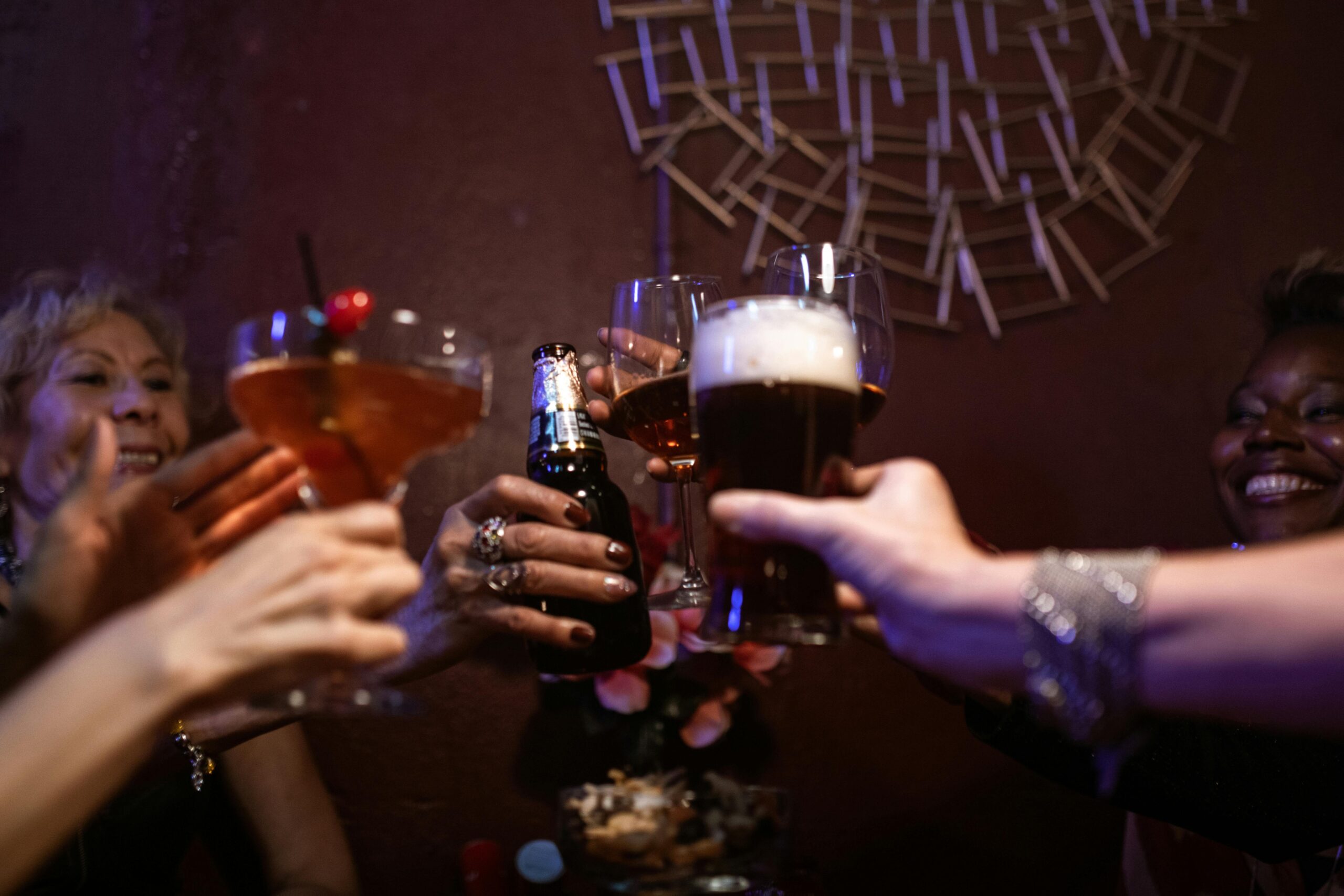
Is it true that beer is good for the kidneys? Beer is associated with entertainment, evening gatherings and relaxation. At the same time, many myths and claims accompany this popular drink, including claims that it is good for kidney health. Let’s look at what is actually known about the effect of beer on the organs of the genitourinary system.
The myth of the benefits of beer for the kidneys The idea that beer can have a positive effect on kidney health is due to the content of antioxidants in the drink, as well as its diuretic effect. However, it should be clarified that beer consumption is not associated with benefits for kidney function.
Reality and negative impact: Dehydration. Beer, like any alcoholic drink, has a dehydrating effect on the body. Alcohol suppresses the production of vasopressin, a hormone that regulates fluid levels in the body. This can lead to more frequent urination and, as a result, dehydration. Dehydration can negatively affect kidney function and overall health. Adverse effects on the urinary tract. Beer can irritate the urinary tract, which can contribute to urinary tract infections. Alcohol can also make existing kidney problems worse. Effect on blood pressure. Excessive consumption of alcohol, including beer, can raise blood pressure. A constant increase in blood pressure can negatively affect kidney function.
Reasonable consumption
It is important to emphasize that moderate and infrequent consumption of beer, like other alcoholic beverages, often avoids serious health problems. However, avoid excessive consumption and remember that beer is not particularly good for the kidneys.
Other myths about beer
Beer can be drunk in large quantities because it contains a lot of water: Despite the high water content of beer, the alcohol in it has a dehydrating effect, which can lead to dehydration, especially if consumed in excess.
Beer is a good way to relax and de-stress: Although many may feel relaxed after drinking alcohol, this is often a temporary effect. Long-term or excessive alcohol consumption can actually worsen stress and mental health effects.
Beer dissolves fat: Many people believe that beer helps dissolve fat and helps flush it out of the body. However, this is not true. Beer, like other alcoholic beverages, contains calories and can promote fat storage.
Beer is a good source of vitamins and minerals: Beer contains some vitamins and minerals, but it is not the best source of nutrients. An overdose of alcohol can negatively affect the absorption of certain nutrients.
If you have kidney problems, blood pressure or other chronic diseases, it is advisable to consult your doctor before making changes to your diet or drinking habits. In general, it is better to maintain a healthy and balanced lifestyle without alcohol to maintain the health of the genitourinary system and the whole body. The article is for informational purposes only and is not a recommendation or a substitute for professional consultation.
Illustrative Photo by RDNE Stock project: https://www.pexels.com/photo/friends-toasting-their-drinks-6174129/
Health & Society
Has obesity among children in the UK decreased since the introduction of the “sugar” tax
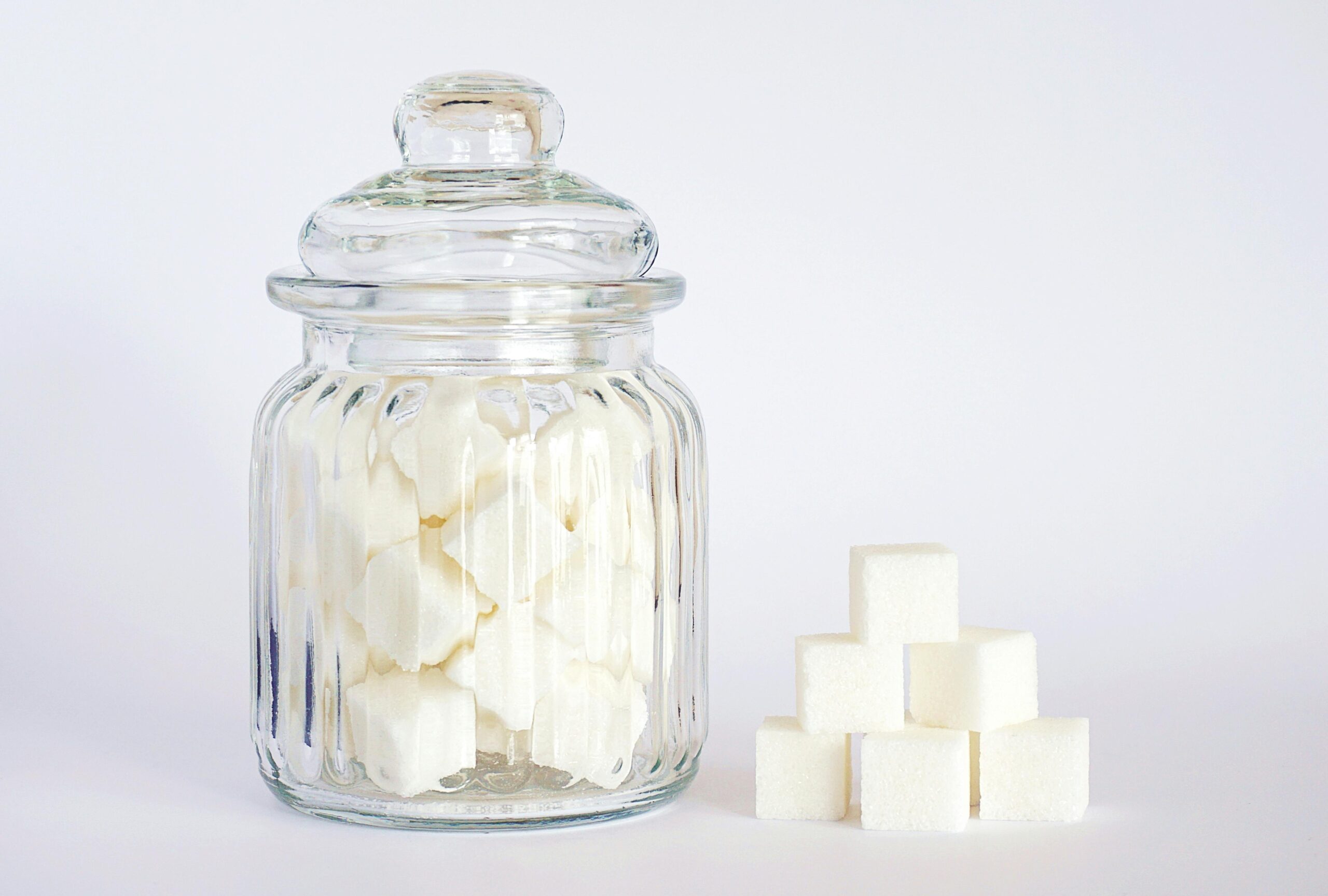
More than 47,000 tonnes of sugar have been removed from soft drinks alone in the UK since the authorities introduced a two-tier system of additional taxation on them in 2018. Their producers were obliged to pay the treasury 18 pence for every five grams of sugar they put in 100 milliliters, and even 24 pence for larger quantities. To avoid the tax, some of them reduced their use of sugar and developed recipes with healthier sugar substitutes.
The tax was supposed to reduce sugar consumption in the UK by 20%, but unfortunately this target has not yet been reached. However, there is a positive change. If before every second drink in the commercial network had five grams of sugar per hundred milliliters, now it is only 15%.
A Cambridge University study has shown that the sugar tax has really achieved something serious. It reduced obesity among 10- to 11-year-old girls by eight percent, and also the number of teeth extracted due to decay.
The tax is part of a larger package of measures that includes a ban on supermarkets placing chocolates and other treats at children’s eye level near checkouts. Also, starting next year, they will not be allowed to make tempting offers on unhealthy foods.
For others, the tax does not affect their shopping habits.
Almost one in five teenagers in Europe drink sugary soft drinks every day, which is believed to be one of the factors behind adolescent obesity in the Old Continent. That’s why the World Health Organization has long recommended that sugary foods be taxed, and about 50 countries have already done so.
Illustrative Photo by Suzy Hazelwood: https://www.pexels.com/photo/close-up-photo-of-sugar-cubes-in-glass-jar-2523650/
Health & Society
The intoxicated society

In modern societies, it has become fashionable to go to the family doctor and leave his office with a prescription for medicine. That makes us live the day with peace of mind. But what we do not know is that, with that small gesture of going to the pharmacy, giving the prescription to the person who attends us in that establishment and fully trusting the product they give us, without being interested, even one iota in knowing the indications of the medicine may be putting us in danger.
We are told by doctors or pharmacy clerks that reading the notebook, the leaflet, is not necessary. What’s more, if you are a consumer of a certain age, or if your eyesight is no longer what it used to be, or do not try, although perhaps with a magnifying glass you will achieve it. An old global marketing strategy, to discourage locals and strangers.
Do you think it is clear to the doctor or pharmacist that this medicine can cure them?
To get an answer I have gone to a book that fell into my hands a few days ago, published by Peninsula, in Spain: Chronicle of an intoxicated society. Its author Joan-Ramón Laporte. Born in Barcelona in 1948, he was 76 years old at the time, now dedicated to research, he was a professor of Therapeutics and Clinical Pharmacology at the University of Barcelona and head of the clinical pharmacology service at the Vall d’Hebron Hospital in Barcelona. In addition, throughout his career he founded the Catalan Institute of Pharmacology, a school for great professionals and promoted the creation of various scientific societies and research networks of national and international scope in Europe and Latin America, among many other things. Therefore, it seems to me an expert voice to be able to answer the previous question.
Without going into the book, which I must still confess that I have not “gutted”, “underlined” and studied as it deserves, I think that taking advantage of the generosity of its years of experience they will allow me to reproduce part of the first two paragraphs of the introduction to the same book, which by the way leaves many doors open for us to continue investigating.
“… In 2022, Spanish doctors wrote 1,100 million prescriptions for medicines. Out of 10 people, three take a drug for sleep or depression, two or three take omeprazole, and two take a cholesterol medication. Consumption is concentrated among the elderly and the poorest. Women receive twice as many psychotropic drugs as men. The poorest eight times more than the richest. Older people seven times more than younger adults.”
1,100 million prescriptions in 2022! Only in Spain.
According to the words of Joan-Ramón Laporte, it is clear that there are medications that, used at a specific time, will relieve pain, “cure” a disease and alleviate its symptoms…But they can also cause a new disease.
The series about doctors and hospitals, especially in the USA, permanently keep an eye on this question. How many times has an efficient, upright doctor whose commissions for prescribing according to which treatments should not be excessively high, discovered overmedication in a patient and tried to remedy it? How many times has the health system based on consumption allowed you to do it?
We are more profitable for the pharmaceutical industry as long as we take more drugs. Regardless of whether we are cured or not. What’s more, the home pharmacies hidden in the drawers of bedside tables or in cupboards full of pills, syrups, etc., are a current account where the State puts our tax money. The curious and unhealthy feeling that everything is free in the medical field is absurdly a lie. Someone pays and if the State does it, we do it.
Joan-Ramón Laporte, in his aforementioned book comments: In fact, we are suffering from a silent epidemic of adverse effects of medicines, which in Spain are the cause of more than half a million hospital admissions and at least 16,000 deaths a year, as well as dozens of cases of diseases as varied as severe bleeding, femur fractures, etc. pneumonia, cancer, violence and aggression, suicide, myocardial infarction and other heart diseases, stroke, dementia and Alzheimer’s disease,…
All of the above is written among the contraindications of many of the medications we take. And if we listen to the written words of the expert, who should we blame for the half a million hospital admissions due to the mismanagement (concern) that doctors make of the drugs they prescribe to us? And about the 16,000 deaths, deaths per year, who are responsible?
If we were talking about criminality in the field of police security and we were given a figure like this, data like these, with five hundred thousand injured and a scandalous number of deaths, we would be talking about the negligent attitude of our state security forces and bodies. Why not do the same with our doctors?
I sincerely believe that honest doctors should be the first to question the health system that surrounds us, and try to modify their attitude, comfortable, both personally and unionically, with the industrial network that exists behind the pill that the final consumer takes. The pharmaceutical industries are not charity angels as demonstrated every day in the hundreds of millions that pay for negligence around the world and by the profit and loss accounts they present at the same time, where they have earned billions at the expense of making consumers addicted.
Review the medications you take and don’t hesitate to talk to your doctor about their contraindications. And if you see that you take a lot of pills, seek a second opinion and lower your doses little by little, with the help of experts, in order to try to get out of a wheel that, as they tell you, leaves 16,000 deaths a year and half a million hospital admissions, according to the words of an expert such as Pharmacologist Joan-Ramón Laporte.
-
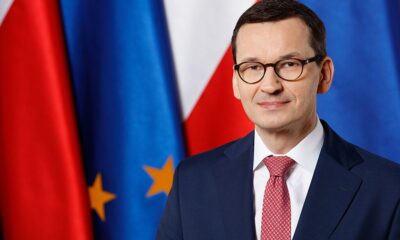
 Politics5 days ago
Politics5 days agoPoland’s Former Prime Minister Mateusz Morawiecki Eyes Leadership of European Conservatives and Reformists
-
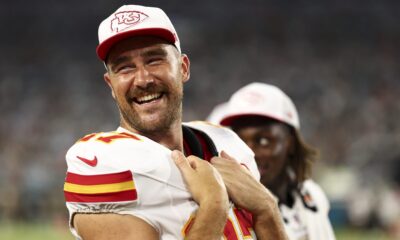
 EU & the World5 days ago
EU & the World5 days agoDoes Travis Kelce Appear in Swift’s ‘I Can Do It With a Broken Heart’ Music Video?
-
EU & the World5 days ago
Mike Lynch Yacht Update: Fifth Body Recovered Off Coast of Sicily
-
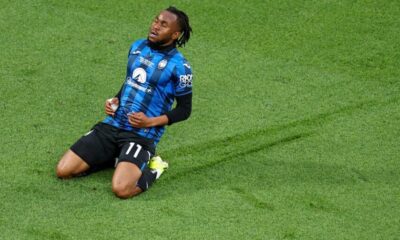
 Sports5 days ago
Sports5 days agoAtalanta: PSG-Lookman, there is news
-
Travel6 days ago
New Brussels to Venice night train: The 9 cities en route, what it will cost and how to book
-
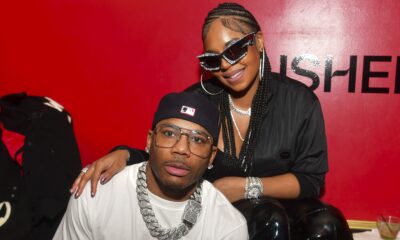
 EU & the World5 days ago
EU & the World5 days agoAshanti & Nelly Welcome First Child Together & Reveal Baby Boy’s Name
-

 Health & Society5 days ago
Health & Society5 days agoPope Francis calls on religions to unite to reduce demand for drugs
-

 Health & Society5 days ago
Health & Society5 days agoSexual abuse, electric shocks, chemical restraints in Mental Health Care, report finds





















